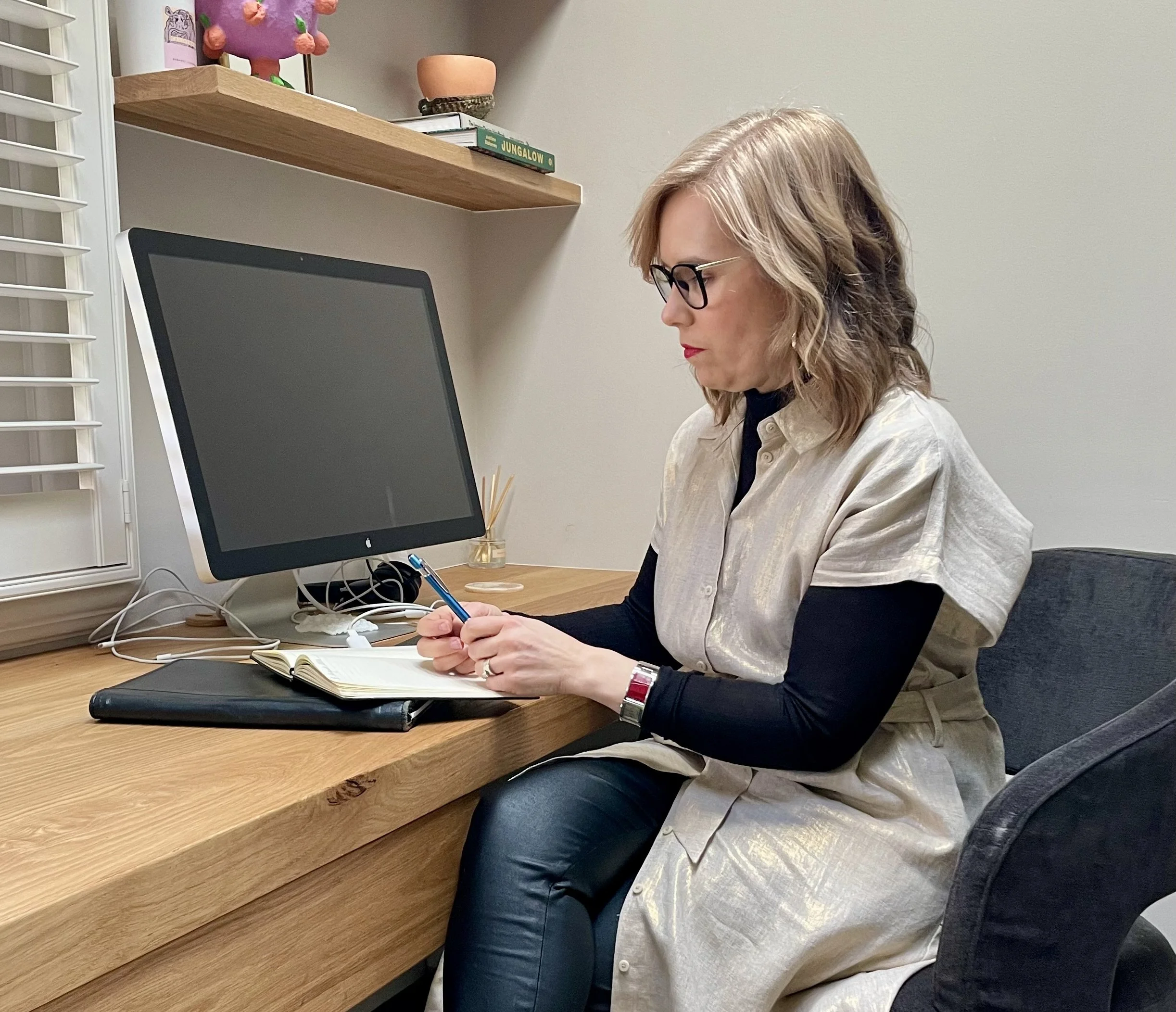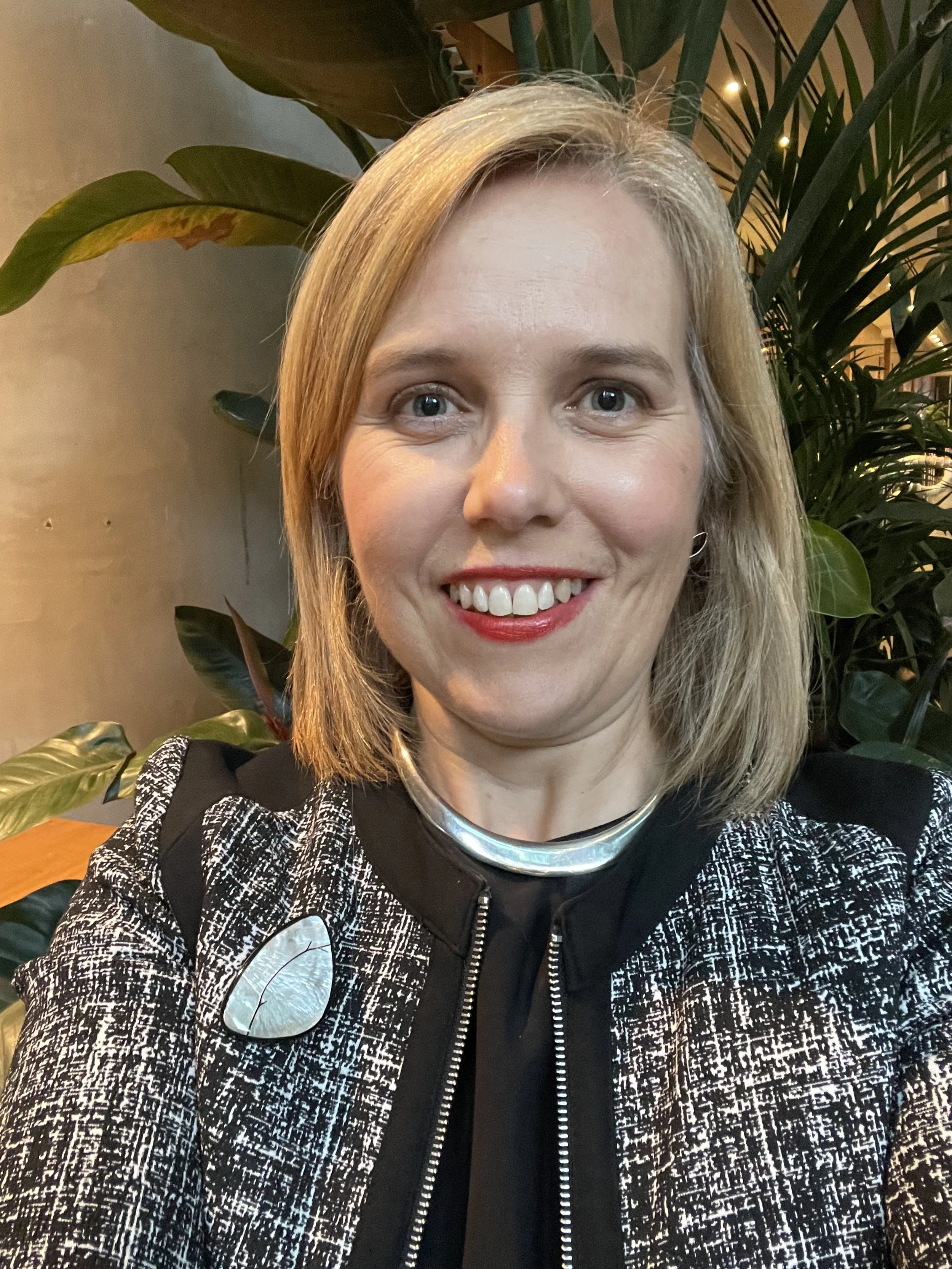Why Smart Leaders Don't Fill Their Diaries: The Courage to Reserve Capacity
How reserving space helps you lead with clarity, confidence and calm
By Suzie Thoraval
“If you feel “burnout” setting in, if you feel demoralised and exhausted, it is best, for the sake of everyone, to withdraw and restore yourself.”
Last year, I hit a wall.
My diary was overflowing. Deadlines and team needs occupied every hour of the workday. My mind was racing. I was already stretched—and then life layered on more. The car broke down. Our sweet dog got sick. I pulled a hamstring, so my usual morning runs—my space to reset—were gone. My daughter was knee-deep in her senior high school assignments, and my husband was facing a crisis at work that needed me fully present.
I was depleted. I couldn’t show up the way I wanted—for them or for myself. I had nothing left in reserve.
I’ve always loved a good list. Progress lights me up. But here’s the thing: when every moment is full, there’s no buffer left to lead well when life inevitably veers off script.
The Case for Capacity: Why It’s Essential to Adaptive Stability
Reserving capacity is about intentionally leaving space—mental, emotional, physical—so you can respond to the unexpected with calm and clarity.
It’s not about doing less. It’s about doing what matters with presence and perspective.
This is adaptive stability in action: the ability to stay grounded, flexible and strategic—even when things don’t go to plan.
Leaders with adaptive stability don’t push harder—they pause smarter. They read the room, adjust course, and act with intention. But none of that’s possible if you’re already running on empty.
When we’re depleted, we lose sight of the bigger picture. We make decisions out of stress, not foresight. We react, instead of lead.
Think of it this way—your phone works best when it’s charged, right? Run it down to 1% every day and eventually, it’ll let you down when it matters most. Leadership is no different. We can’t show up at our best if we’re constantly running on empty. Pausing to recharge isn’t indulgent—it’s essential. Not just for our own wellbeing, but to lead others with clarity, calm, and confidence.
The Research Is In—and It’s Compelling
We often think the mark of strong leadership is constant motion, but the evidence tells a different story. Dr. Maryam Kouchaki from Northwestern’s Kellogg School of Management found that depleted leaders are significantly more likely to make unethical or short-sighted choices.
Harvard’s Dr. Heidi Grant Halvorson has shown how decision fatigue chips away at our judgement over the course of the day—even for top performers.
McKinsey & Company research confirms that the most effective leaders aren’t the busiest. They’re the ones who fiercely protect time to reflect, reset, and recalibrate.
The science is clear: capacity isn’t a nice-to-have—it’s a strategic advantage.
Think Surge Capacity
Think of surge capacity—a concept from disaster planning. Hospitals hold back resources so they’re ready to handle a sudden influx of patients. They don’t run at 100% every day—because they know a crisis will come and they need to be ready to respond.
Great leaders do the same. They leave space—not because they’re lazy, but because they’re prepared.
Leadership in Practice: Notable Examples of Reserved Capacity
Barack Obama deliberately reduced decision fatigue—not just by sticking to grey suits—but by creating space in his calendar for deep work and reflection. His team protected “no meeting” blocks, allowing room for strategic clarity.
Bill Gates takes “Think Weeks” each year—time carved out solely for absorbing ideas and broadening perspective.
Indra Nooyi, former CEO of PepsiCo, led with discipline and intention. She managed her energy carefully, delegated wisely, and made time for reflection—often during walks. Her values-based decisions were grounded in space to pause and think long-term. That’s reserved capacity in action.
Arne Sorenson, the late CEO of Marriott, embodied calm, compassionate leadership—especially during the COVID crisis. Even while battling cancer, he stayed present, listened deeply, and communicated with steady clarity. That kind of leadership doesn’t come from pushing harder—it comes from having the inner space to respond well when it counts.
Creating Capacity in a Full Schedule
You don’t need a mountain retreat (although, lovely). Start with these small, powerful shifts:
Set Boundaries: End your day when you said you would. Decline the meeting that doesn’t need you.
Build White Space: Schedule 15-minute buffers. Reserve an afternoon a week for planning or reflection.
Limit Decision Fatigue: Batch decisions. Delegate the small stuff. Don’t overthink lunch.
Design for Recovery: Walk between meetings. Eat lunch away from your screen. Journal. Breathe.
These aren’t luxuries. They’re leadership tools.
Questions to Ask (Preferably with a Cuppa in Hand)
Where am I saying yes out of habit, not intention?
What rhythms or routines actually replenish me—and am I protecting them?
If a curveball landed tomorrow, how prepared—mentally and emotionally—would I feel to respond?
What would change if I prioritised space to think - not just space to get things done?
What unspoken permission might my team be waiting for—by watching how I work?
Leadership isn’t just about ticking off tasks—it’s about being prepared. Prepared to navigate complexity, to steady the ship when uncertainty rolls in, and to show up with clarity and calm for the people who count on you.
So next time you glance at your calendar, don’t just ask, “What am I doing?” Ask, “What am I leaving?” Because it’s in that margin—in the space you protect—that your greatest strength as a leader takes shape.
What are you putting in place to protect the space you need—so you can show up steady and strong when it matters most?


